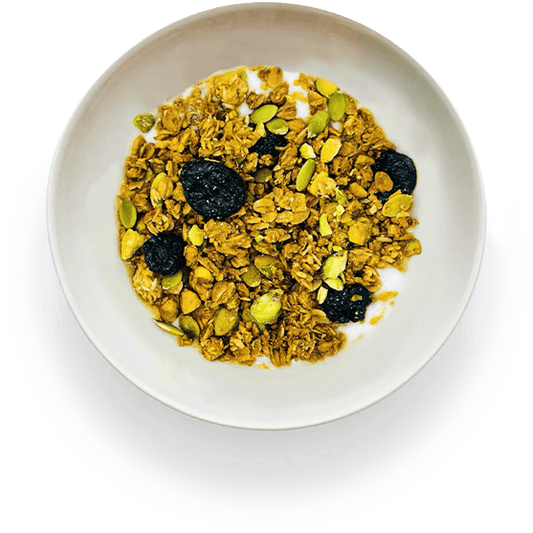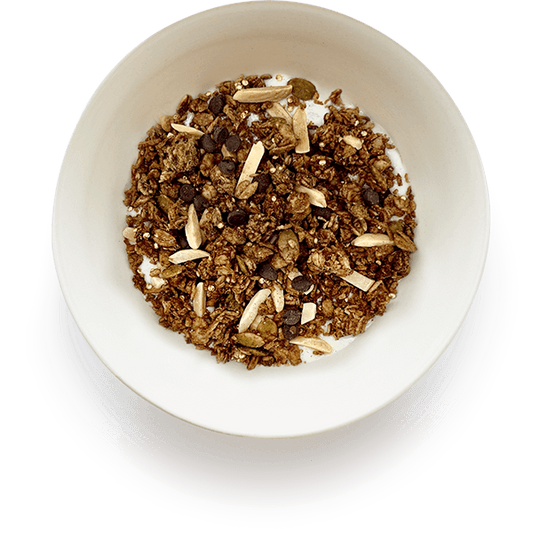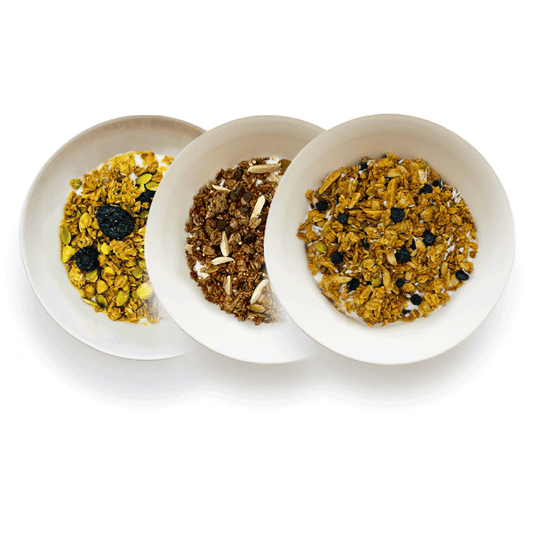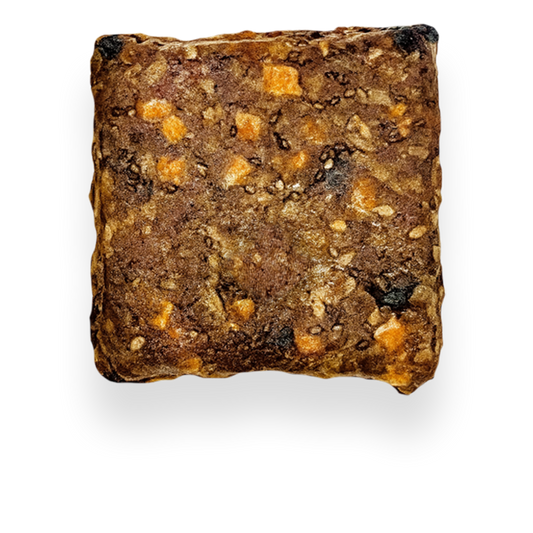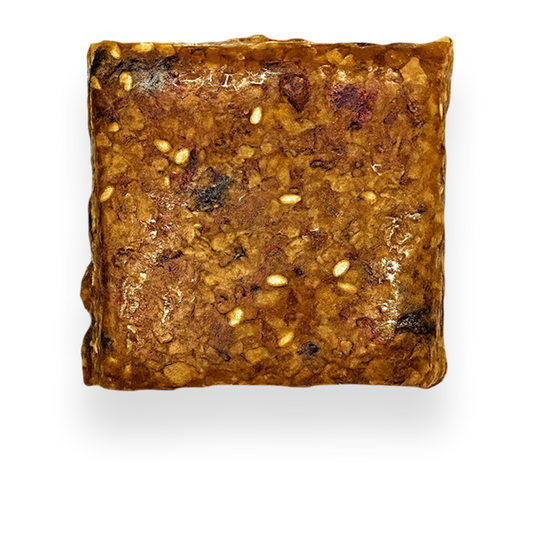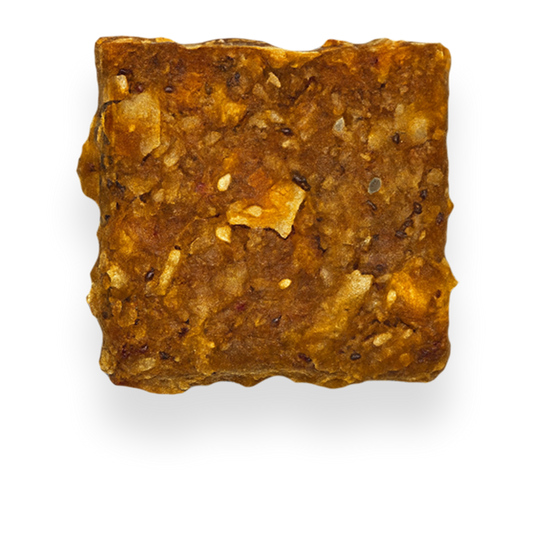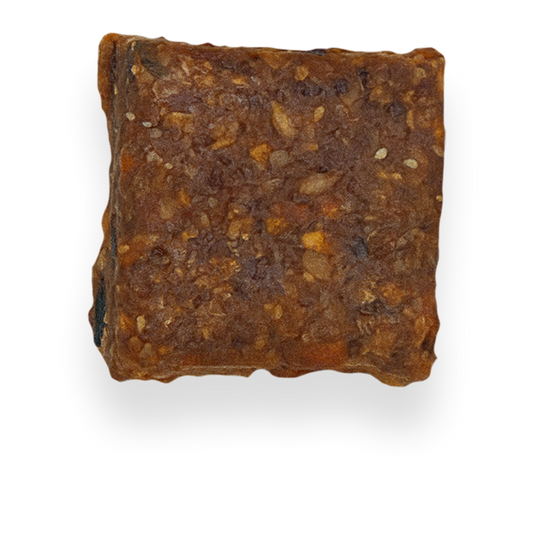Stocking a Plant-Based Pantry for Flavorful Meals
By FireRoad
Frequently Asked Questions
1. What are the benefits of transitioning to a plant-based lifestyle?
2. Why is having a well-stocked plant-based pantry important?
3. What staple grains and legumes should I include in my plant-based pantry?
4. What protein sources are recommended for a plant-based diet?
5. How can I keep my meals interesting on a plant-based diet?
Transitioning to a plant-based lifestyle is a rewarding journey for anyone looking to improve their health, reduce their environmental impact, or simply explore new flavors. One key to success in this transition is creating a well-stocked plant-based pantry that provides you with essential ingredients to whip up delicious and nutritious meals whenever inspiration strikes. This article highlights the must-have staples to include in your kitchen, ensuring you can easily create scrumptious dishes like a Tex-Mex breakfast bowl or a hearty protein-packed salad.
Understanding the Basics of a Plant-Based Pantry
Before we dive into the specific ingredients you should keep on hand, let’s discuss why having a plant-based pantry is so important. A well-stocked pantry allows you to prepare meals quickly, reduce food waste, and experiment with a myriad of flavors. When your pantry offers a variety of nutritious options, you'll find it easier to maintain a balanced diet while keeping your taste buds satisfied.
Key Staples for Your Plant-Based Pantry
Grains and Legumes
Grains and legumes form the backbone of any plant-based diet. They are not only versatile but also serve as excellent sources of protein and fiber. Here’s what you should include:
- Brown Rice: A reliable staple for dishes from stir-fries to burrito bowls.
- Quinoa: A complete protein that adds a nutty flavor to salads and side dishes.
- Lentils: Rich in protein and ideal for soups or veggie burgers.
- Chickpeas: Use them in salads, stews, or to make homemade hummus.
- Black Beans: Perfect for adding to your Tex-Mex breakfast bowl or taco fillings.
Nuts and Seeds
Nuts and seeds are essential for adding healthy fats, protein, and crunch to your meals. They also serve as a great base for sauces and dips. Consider stocking:
- Almonds: Use them as snacks or blend into nut butter.
- Chia Seeds: Excellent for smoothies or making chia pudding.
- Flaxseeds: Rich in omega-3s, can be used in baking or smoothies.
- Pumpkin Seeds: Add to salads, granola, or snack on them roasted.
- Walnuts: Perfect for adding to oatmeal or salads.
Canned and Packaged Goods
Canned and packaged goods provide convenience without sacrificing quality. They are often ready to use and can expand your meal variety. Essential items include:
- Canned Tomatoes: A base for sauces, stews, and soups.
- Coconut Milk: Use it in curries or smoothies for creaminess.
- Vegetable Broth: Great for cooking grains or for soups.
- Nut Butters: A tasty source of protein for spreads or smoothies.
- Vegetable Oils: Essential for frying, roasting, and dressing.
Fruits and Vegetables: Fresh and Frozen
Fresh fruits and vegetables are vital for any diet. However, keeping a variety on hand can sometimes be challenging. Stock up on both fresh and frozen produce for flexibility:
Fresh Produce
When selecting fresh fruits and vegetables, focus on seasonal varieties to ensure maximum taste and nutrition:
- Leafy Greens: Spinach, kale, and arugula are ideal for salads and smoothies.
- Root Vegetables: Sweet potatoes and carrots offer sweetness and nutrition.
- Bell Peppers: A colorful addition that’s sweet and crunchy.
- Onions and Garlic: Essential for flavoring a wide range of dishes.
- Avocados: Adding creaminess to dishes and a healthy dose of fat.
Frozen Produce
Frozen fruits and vegetables can be just as nutritious as fresh options and have an extensive shelf life. Some great choices include:
- Frozen Berries: Perfect for smoothies or oatmeal.
- Mixed Vegetables: Convenient for stir-fries or stews.
- Cauliflower: Excellent as a rice substitute or mashed as a side dish.
Herbs and Spices: Flavorful Must-Haves
A well-stocked spice cabinet can transform simple ingredients into fantastic dishes. Here are some herbs and spices to consider:
- Cumin: A warm spice that’s perfect for Tex-Mex flavors.
- Turmeric: Known for its anti-inflammatory properties and earthy taste.
- Chili Powder: Ideal for adding kick to soups and stews.
- Basil: Great in pasta dishes or as a topping for salads.
- Ginger: Fresh or powdered, it adds warmth to sweet and savory dishes.
Plant-Based Proteins
While a plant-based diet can be rich in carbohydrates, it’s important to ensure you’re getting adequate protein. Here are some excellent sources to keep in your pantry:
- Tofu: Great for stir-fries and marinades, it absorbs flavors well.
- Tempeh: A fermented soy product that’s packed with protein and has a hearty texture.
- Edamame: Packed with protein and perfect as a snack or salad topping.
- Nutritional Yeast: Adds a cheesy flavor to dishes and is rich in B vitamins.
- Seitan: A wheat-based protein that mimics the texture of meat.
Snacks and Quick Bites
Having quick snacks on hand will keep you energized between meals. Consider the following:
- Popcorn: A whole grain snack that can be seasoned in various ways.
- Dried Fruits: Great for a quick sweetness boost but keep an eye on portion size.
- Dark Chocolate: A satisfying treat that’s also rich in antioxidants.
- Rice Cakes: Light and crunchy; perfect for spreads and toppings.
Crafting Your Menu: Meal Ideas
With a well-stocked plant-based pantry, you can create an array of delightful meals. For example, whip up a nourishing Tex-Mex breakfast bowl using quinoa, black beans, fresh veggies, avocado, and a sprinkle of spices. This dish is not only delicious but also protein-packed and full of fiber.
For lunch, consider making a hearty lentil soup loaded with root vegetables and warming spices, or a fresh salad topped with chickpeas, seasonal greens, and a homemade vinaigrette. Dinner could feature stir-fried tofu or tempeh with assorted vegetables over brown rice or quinoa.
Getting Creative: Experimenting with Recipes
One of the most enjoyable aspects of having a well-stocked plant-based pantry is the opportunity to get creative. Feel free to mix and match ingredients based on your preferences. Try different herbs and spices to discover new flavors. Create a vibrant smoothie with frozen berries, banana, spinach, and almond milk, or bake a hearty vegetable casserole using canned tomatoes, grains, and any remaining veggies. Trust in your ability to create something wonderful.
Staying Inspired: Embrace Variety in Your Meals
A common challenge in maintaining a plant-based lifestyle is avoiding monotony. To keep your meals exciting, incorporate global cuisines that showcase plant-based cooking. Explore Italian, Indian, Mediterranean, and Asian flavors to expand your recipe repertoire. Additionally, consider joining online communities or local groups where you can swap recipes, share tips, and keep the inspiration flowing.
In summary, building a plant-based pantry is an exciting and fulfilling process that will significantly enhance your culinary adventures. By stocking essential ingredients, you’ll find it easier to create delicious meals packed with protein, flavor, and nutrition. Remember to experiment and embrace the variety that plant-based cooking offers. Soon, you’ll be amazed at the delightful dishes you can create right in your kitchen!



